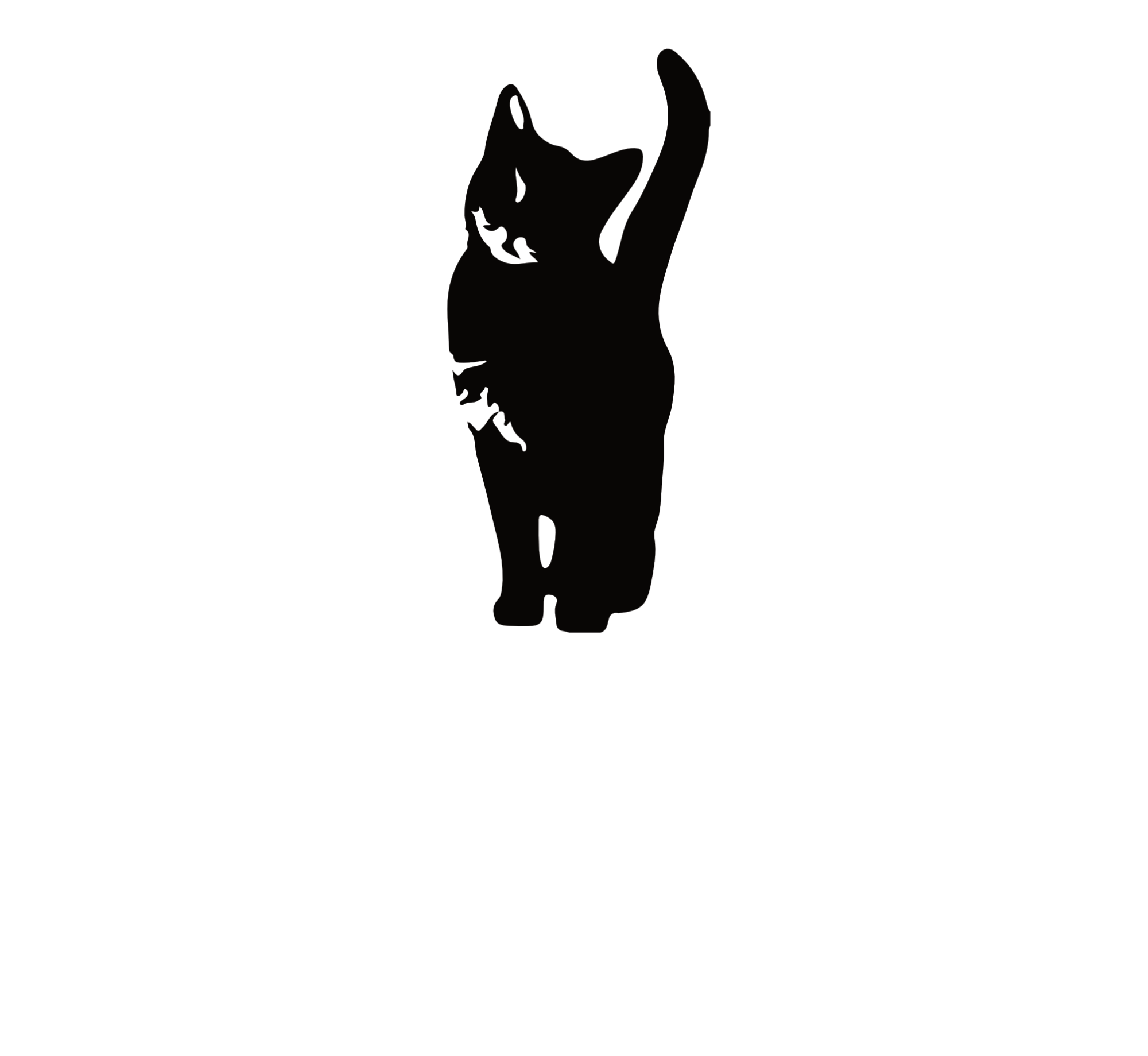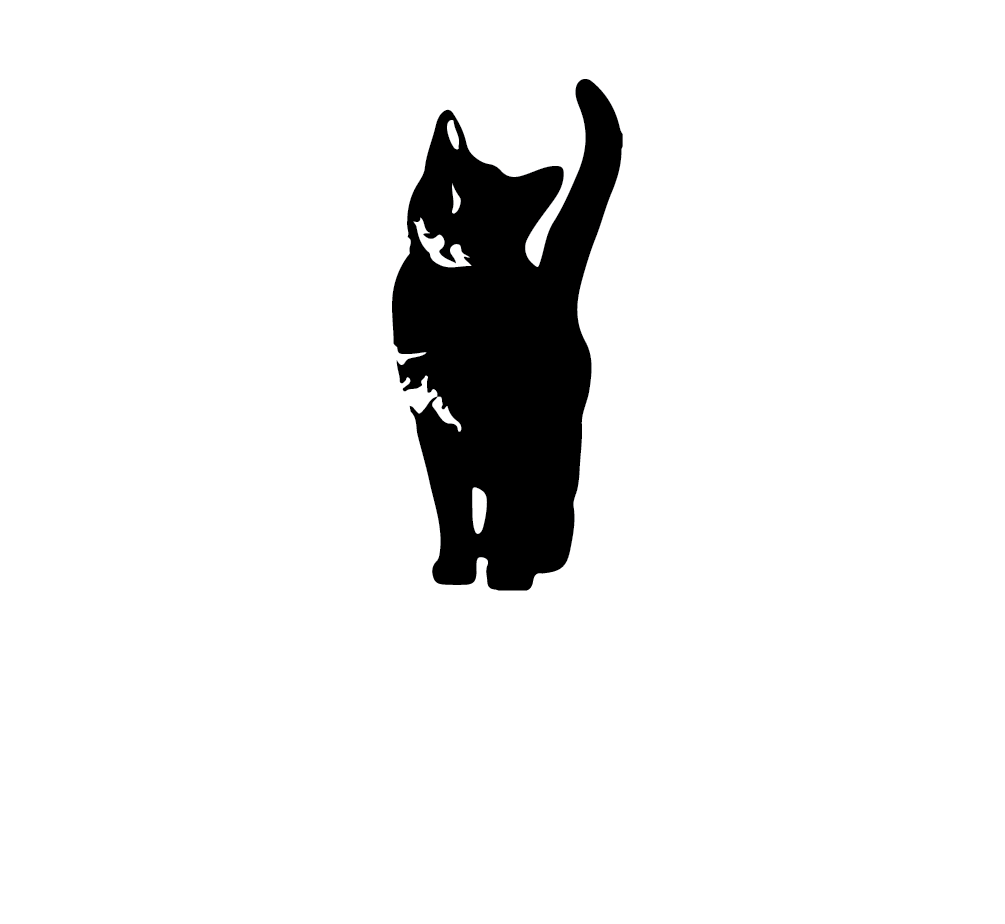Mile 112.1 miles to go!
This was the first mile marker sign for the half marathon I ran recently. Then I came upon this one roughly 9 minutes and 22 seconds later…
Mile 211.1 miles to go!
Mile 58.1 miles to go!
Why?
The human mind can work in seemingly irrational ways; which the field of behavioral economics seeks to understand. While the term is new, the contributing fields are well established; the intersection of economics and psychology. Let’s take a look of some the psychological dynamics at work here and how they can be applied to the customer experience.
Frames
How a statement is framed can have a large impact on how you feel and what you might do. Suppose we did some research and discovered that a new type of sugarless chewing gum was recommended by 80% of dentists who were surveyed. As luck would have it, your company happens to produce a sugarless gum. You come up with the following slogan.
“ Four out five dentists surveyed recommend sugarless gum for their patients who chew gum”
As you are certainly aware, this was an incredibly successful advertising campaign for Trident gum. It sold a ton of Trident. But what if we turned that statement around.
“Twenty percent (20%) of dentists surveyed do not recommend sugarless gum for their patients who chew gum”
Wow. Makes a difference. You ask yourself; why do 20% of dentists not recommend it? Out of 100 dentists, 20 say it’s not a good idea? These are my teeth after all, I’m not sure if I like that at all. It is the same data just framed different. In fact, Trident even poked fun at themselves about it. It turns out, framing statements in terms of gains or losses can have a big impact.
We know from a preponderance of research that people universally view losses twice as psychologically powerful as gains. We covet what we have much more strongly than what we might get. For example, we are feel much more strongly about paying $1,000 in taxes (loss) than getting a refund for $1,000 (gain). Even though they are economically equivalent, the psychological impact is asymmetric.
This make evolutionary sense. Do we sit tight and be happy with the grubs and sour berries we have collected or do we risk getting eaten by a lion and shimmy up that coconut tree? Mmmmm….yummy grubs!
The Power of Free
This is exactly why “free trials” and the “free economy” are so effective in on-boarding people to recurring revenue schemes. It’s low risk. While giving products and services away for “free” is powerful, that tactic also capitalizes on what is known as the ownership effect. Once a product or service becomes part of your day to day behavior you dislike (or even mourn) the loss of the service. By crippling the service just slightly (advertisements, limited functionality) you can nudge people into a full subscription service. This is the business of model of everything from Time Magazine to Spotify to Dollar Shave Club. The model is powerful. Get them on the juice and then cajole them to do more…even a little bit. In communication you are highlighting what you are losing by not using the upgraded service.
Framing Applied
How we frame the situation for customers is extremely important and can have powerful consequences. For example, giving accurate and realistic estimates on waiting time (e.g., doctor’s office, deli’s, delivery, etc) is known to be a key driver to satisfaction. The first priority is to set and then meet or exceed expectations on delivery time. Second, how you communicate that delivery time can make a difference in perception. Consider these two options:
Your package will be delivered in 10 days.
You will receive your package on April 18th.
Assuming April 18th is 10 days from when you are reading this article, which one did you prefer? I bet most would choose the second one as it doesn’t highlight the loss (in time) and focuses on the positive (when it will arrive).
While loss statements can important catalysts to action (e.g. “your subscription is about to be cancelled, act now!”) they can also have a unnecessary deleterious effect on your customers’ experience. I would encourage you to focus on the miles conquered not the miles that lay ahead in communicating to your customers, unless of course they like miles. And if someone could change those mile marker signs in the next race that would be great too.






